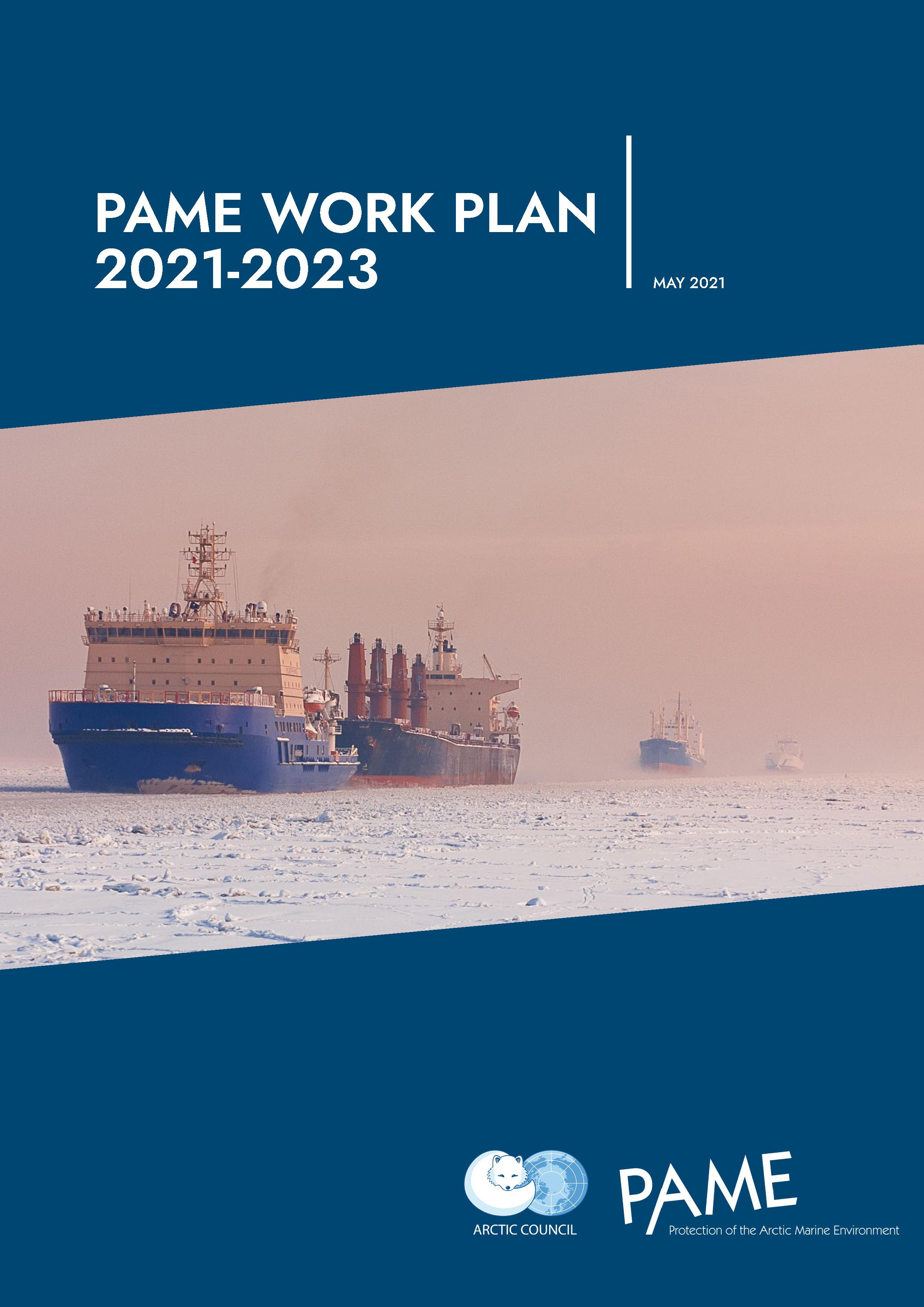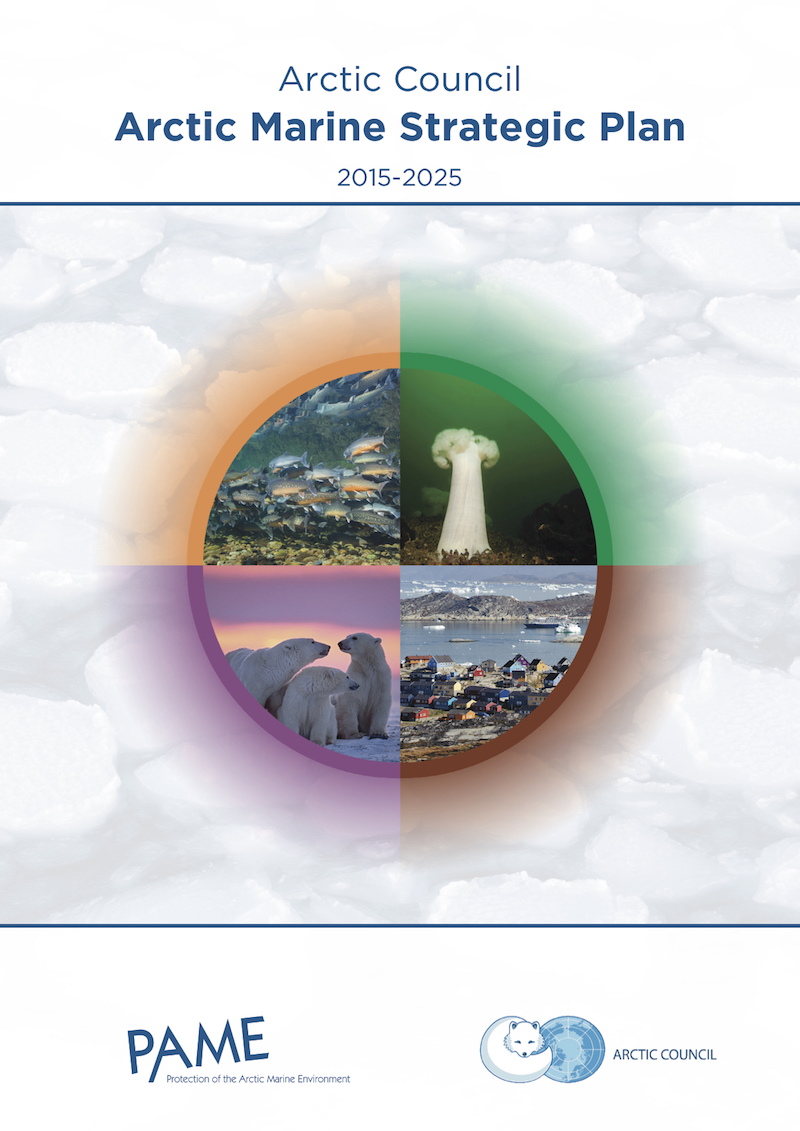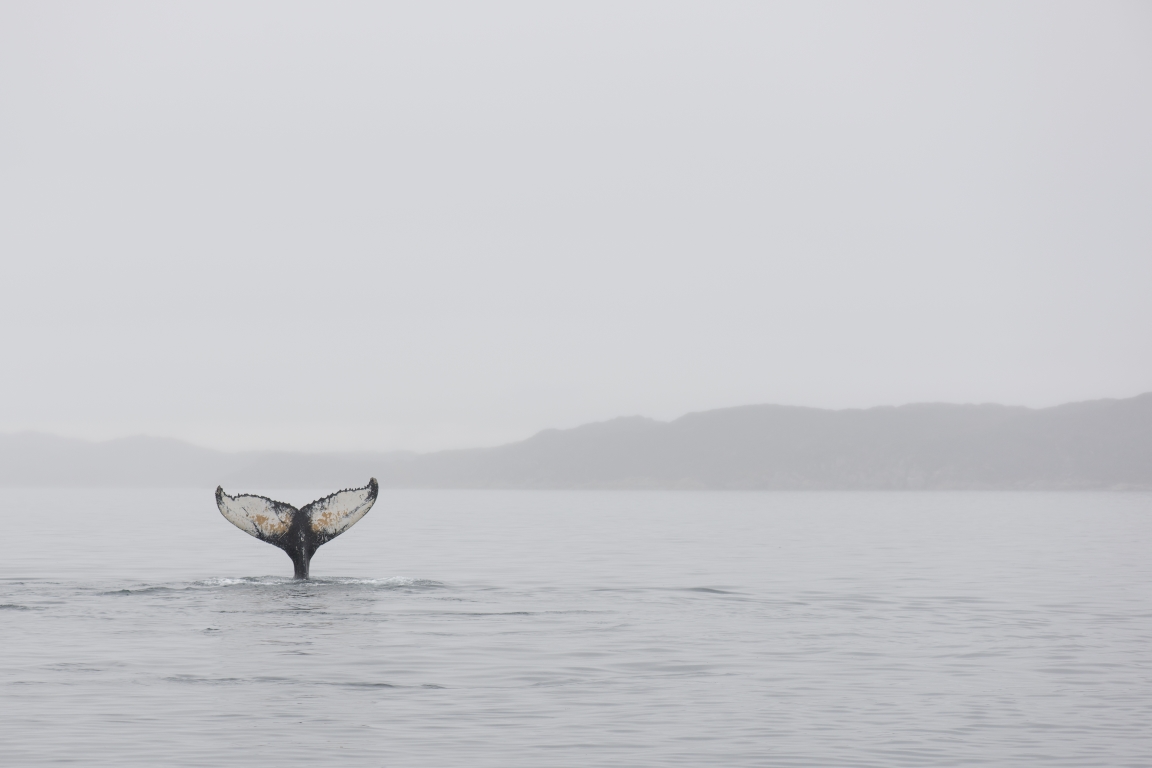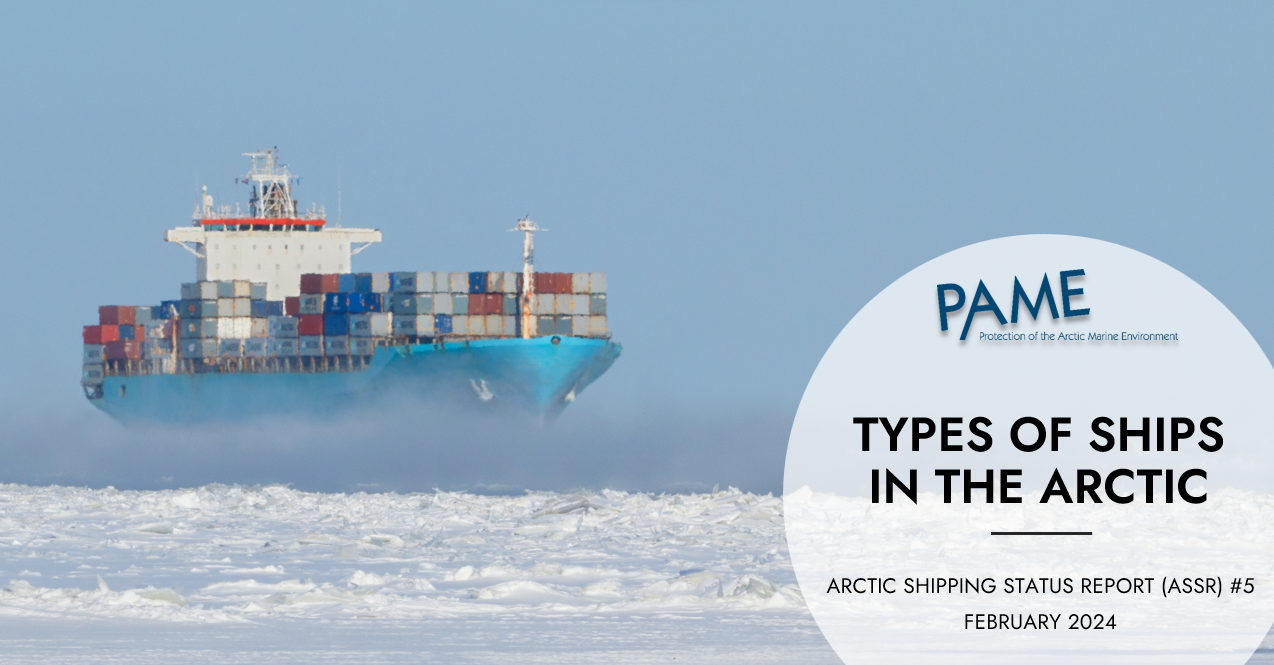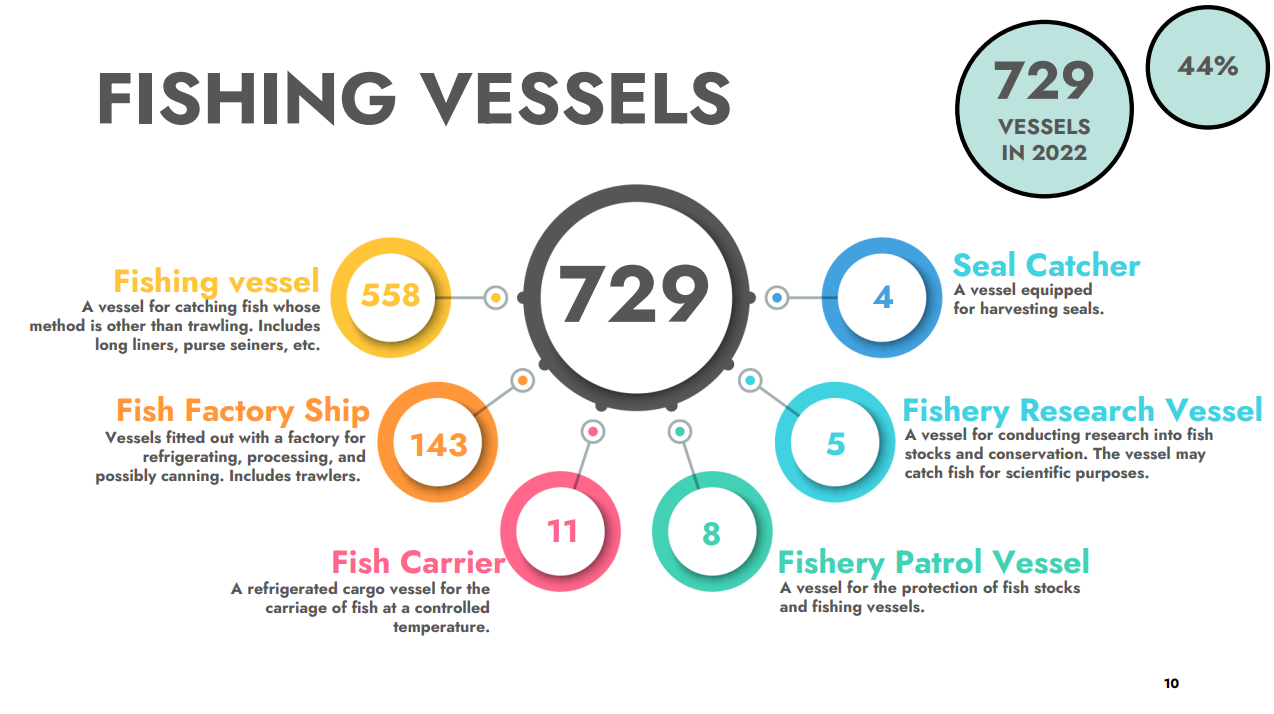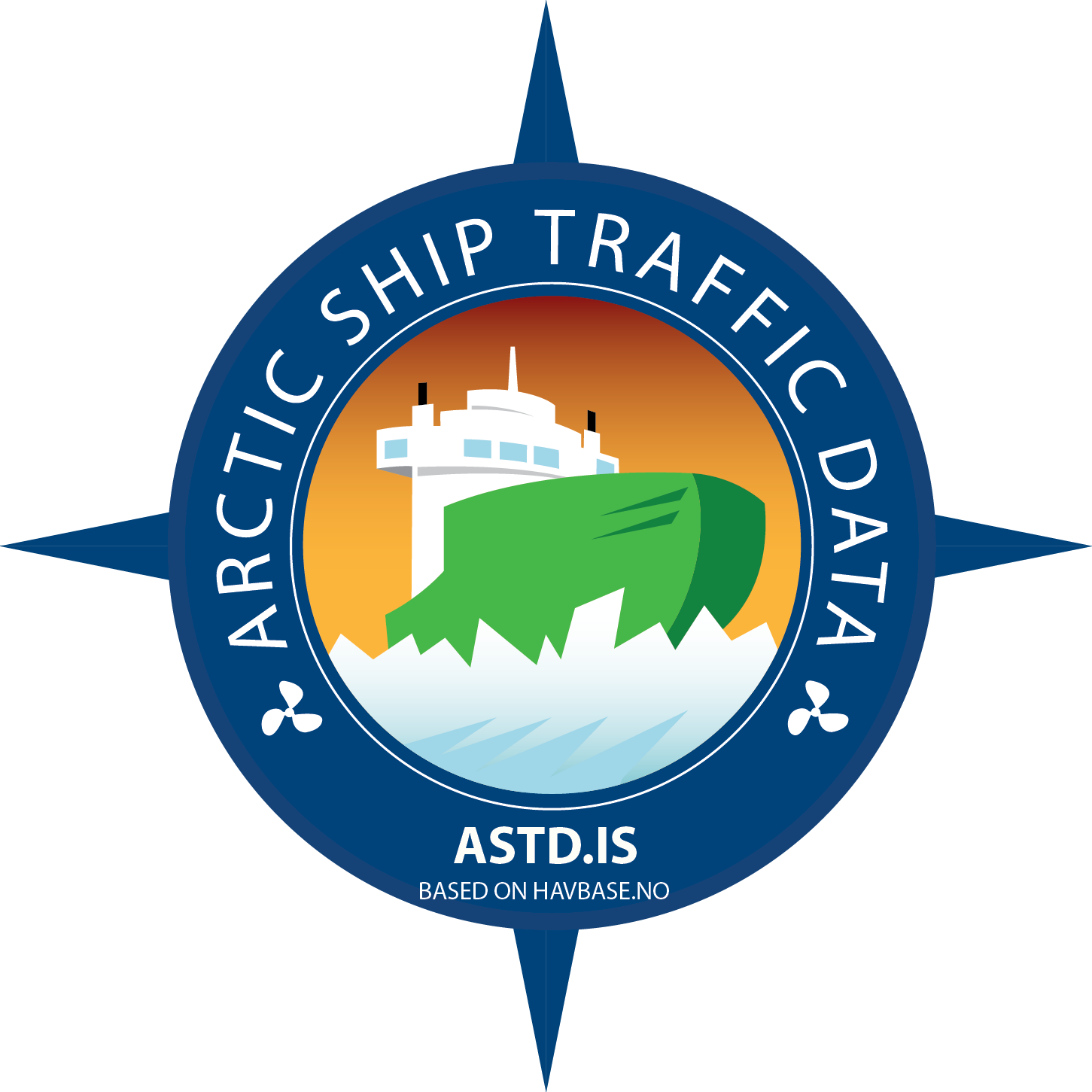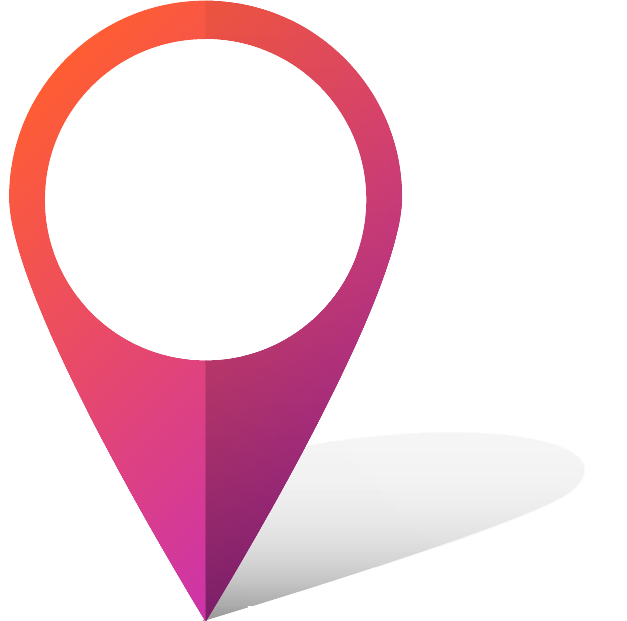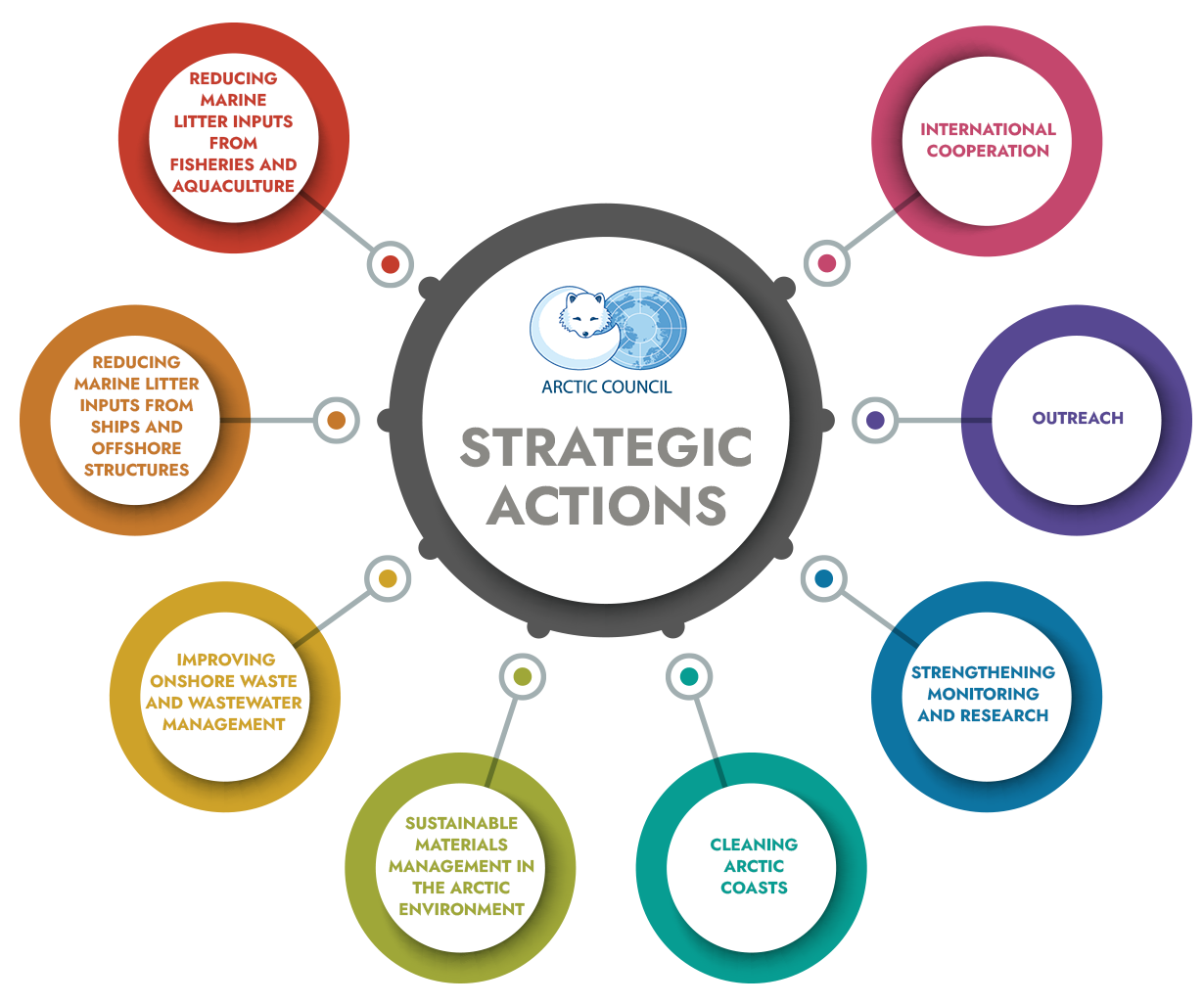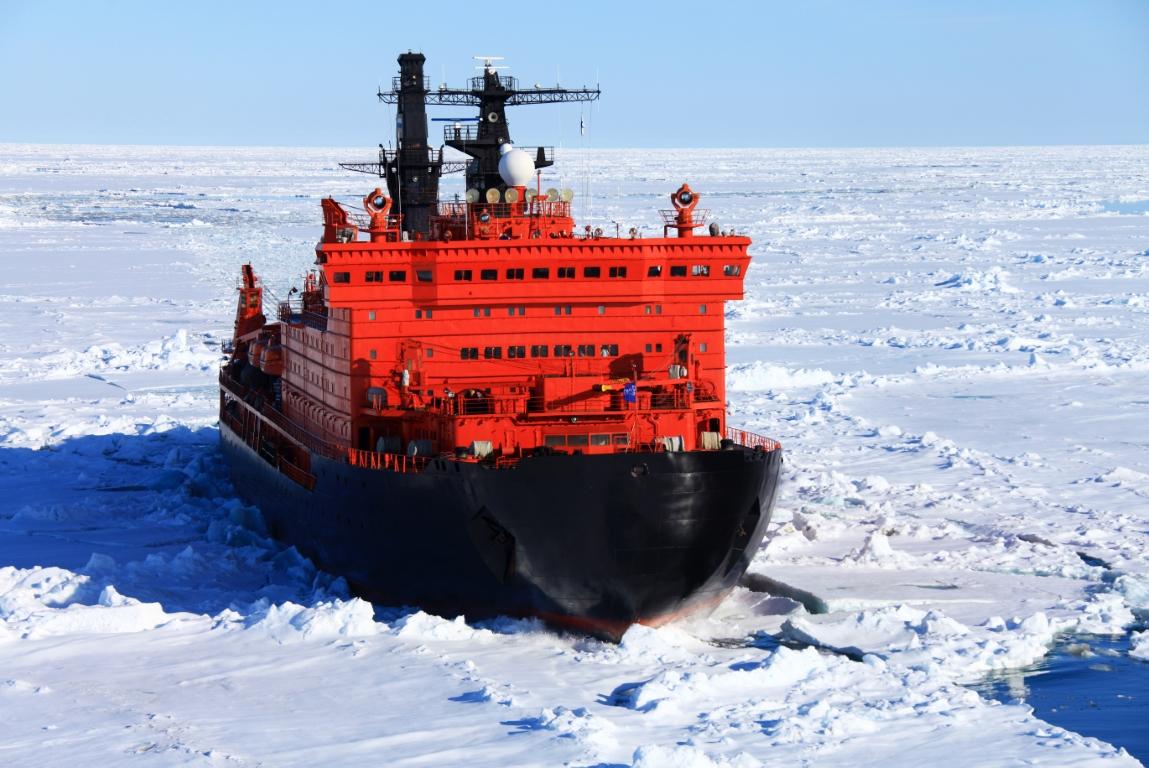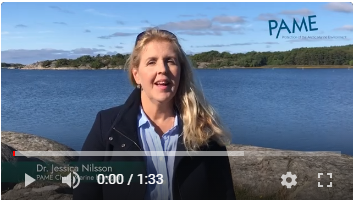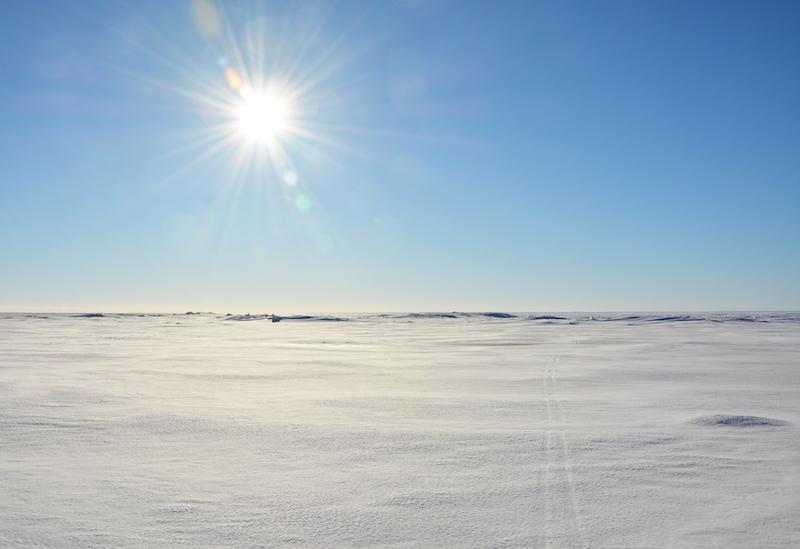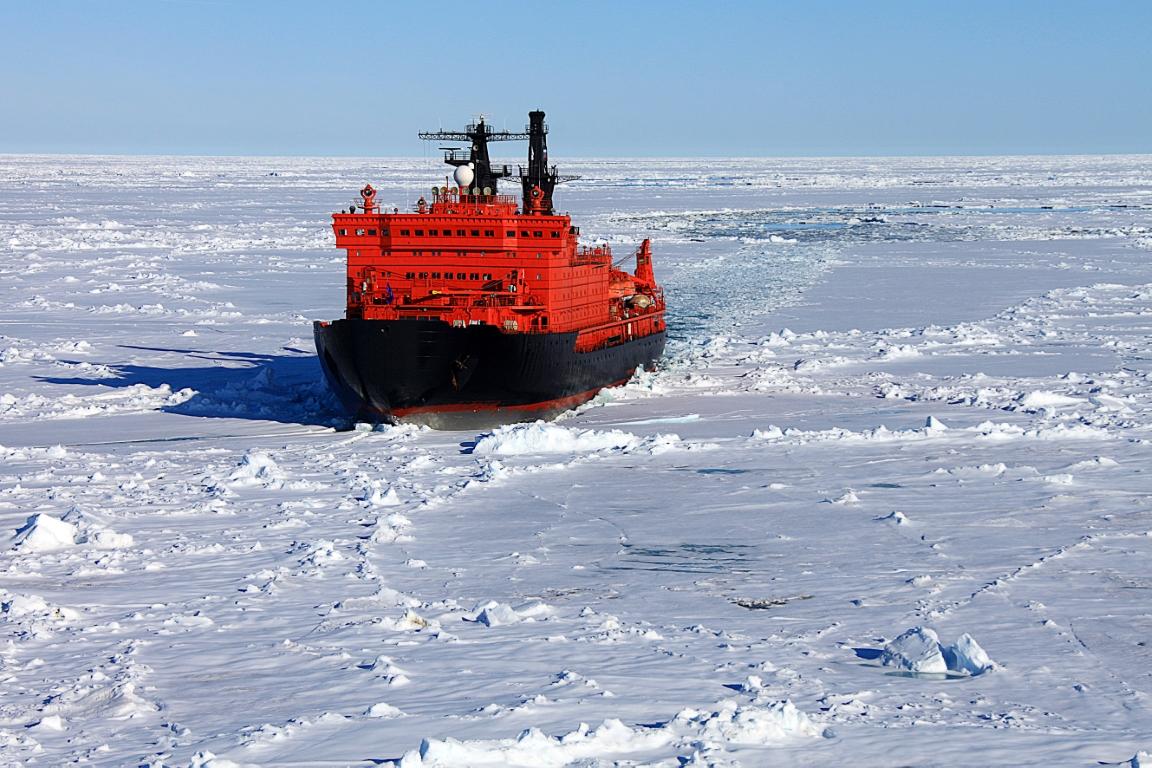 Over the last few decades, diminishing Arctic sea ice has coincided with a modest but notable increase in the region’s marine activity. Between 2013 and 2019, the number of ships entering the Arctic—as defined by the International Maritime Organization’s International Code for Ships Operating in Polar Waters, or the Polar Code—increased by 25 percent, from 1,298 ships to 1,628 ships. The total distance sailed by ships in the Arctic during this period increased by 75 percent, from 6.5 million nautical miles to 10.7 million nautical miles. See more in PAME's Arctic Shipping Status Report on the increase in Arctic Shipping.
Over the last few decades, diminishing Arctic sea ice has coincided with a modest but notable increase in the region’s marine activity. Between 2013 and 2019, the number of ships entering the Arctic—as defined by the International Maritime Organization’s International Code for Ships Operating in Polar Waters, or the Polar Code—increased by 25 percent, from 1,298 ships to 1,628 ships. The total distance sailed by ships in the Arctic during this period increased by 75 percent, from 6.5 million nautical miles to 10.7 million nautical miles. See more in PAME's Arctic Shipping Status Report on the increase in Arctic Shipping.Even with this increase, Arctic ship traffic is comparatively lower than other regions of the world—at least for now. Most Arctic ship traffic is also seasonal, taking place during summer months when the sea ice retreats. During winter months, when much of the Arctic Ocean ices over, Arctic ship traffic dwindles. However, as global populations, national economies, and maritime trade grow, and as the annual average extent of Arctic sea ice trends lower, regional ship traffic will undoubtedly increase in the coming years.
Most Arctic ship traffic is destinational, conducted for resupplying communities, supporting marine tourism, and moving natural resources out of the Arctic. A much smaller but slowly growing volume of shipping is trans-Arctic, undertaken primarily to move goods between Europe and Asia more quickly and at a lower cost than alternate routes. There is also intra-Arctic shipping, involving transport within the region among Arctic States, as well as trade and transport between ports of a single Arctic State. These nuances are often lost in media articles that exaggerate projected trans-Arctic shipping.
In 2009 to a ministerial mandate, PAME developed the 2009 AMSA Report, which included 17 policy recommendations that have since defined the parameters of PAME’s Arctic shipping work. These recommendations are divided into three themes:
- enhancing Arctic marine safety;
- protecting Arctic people and the environment; and
- building Arctic marine infrastructure.
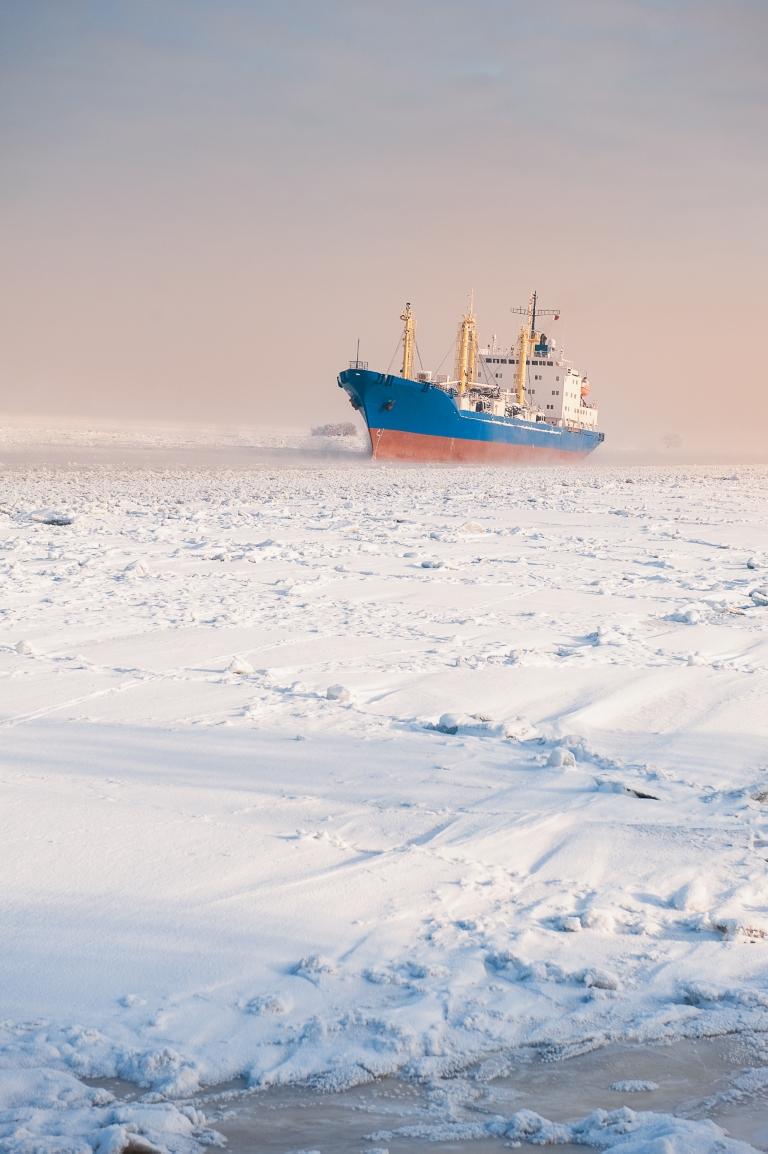 PAME has pursued many projects under these themes, all with the overarching goal of advancing navigational safety, promoting environmentally sound marine operations, and protecting Arctic ocean and coastal areas.
PAME has pursued many projects under these themes, all with the overarching goal of advancing navigational safety, promoting environmentally sound marine operations, and protecting Arctic ocean and coastal areas.
PAME’s Relationship to the International Maritime Organization (IMO)
In pursuing this overarching goal, PAME is mindful of its role, especially in relation to IMO. IMO is the global standard-setting body for the safety, security, and environmental performance of international shipping, while PAME is a non-regulatory regional body with a mandate focused on environmental protection and sustainable development. In working to advance the AMSA Report’s recommendations and subsequent ministerial direction, PAME has carved out a role focused on:
- collecting, synthesizing, and analyzing reliable information;
- producing high-quality reports and assessments; and
- making sound policy recommendations.
In doing so, PAME has informed and influenced decision making by Arctic States and the IMO. It also has helped Arctic States better coordinate their national efforts to support safe and environmentally sustainable Arctic shipping, . The current IMO-PAME relationship attests to PAME’s ability to “stay in its lane” while generating reliable and authoritative input that informs and shapes IMO actions. In no small part due to PAME’s shipping-related work, IMO became an accredited Arctic Council observer in 2019 and formalized its participation in PAME’s Shipping Expert Group.
Text by Peter Oppenheimer, published in the US Coast Guard Journal of Safety and Security at Sea, 2021.




